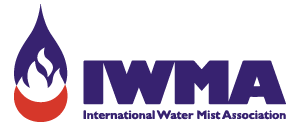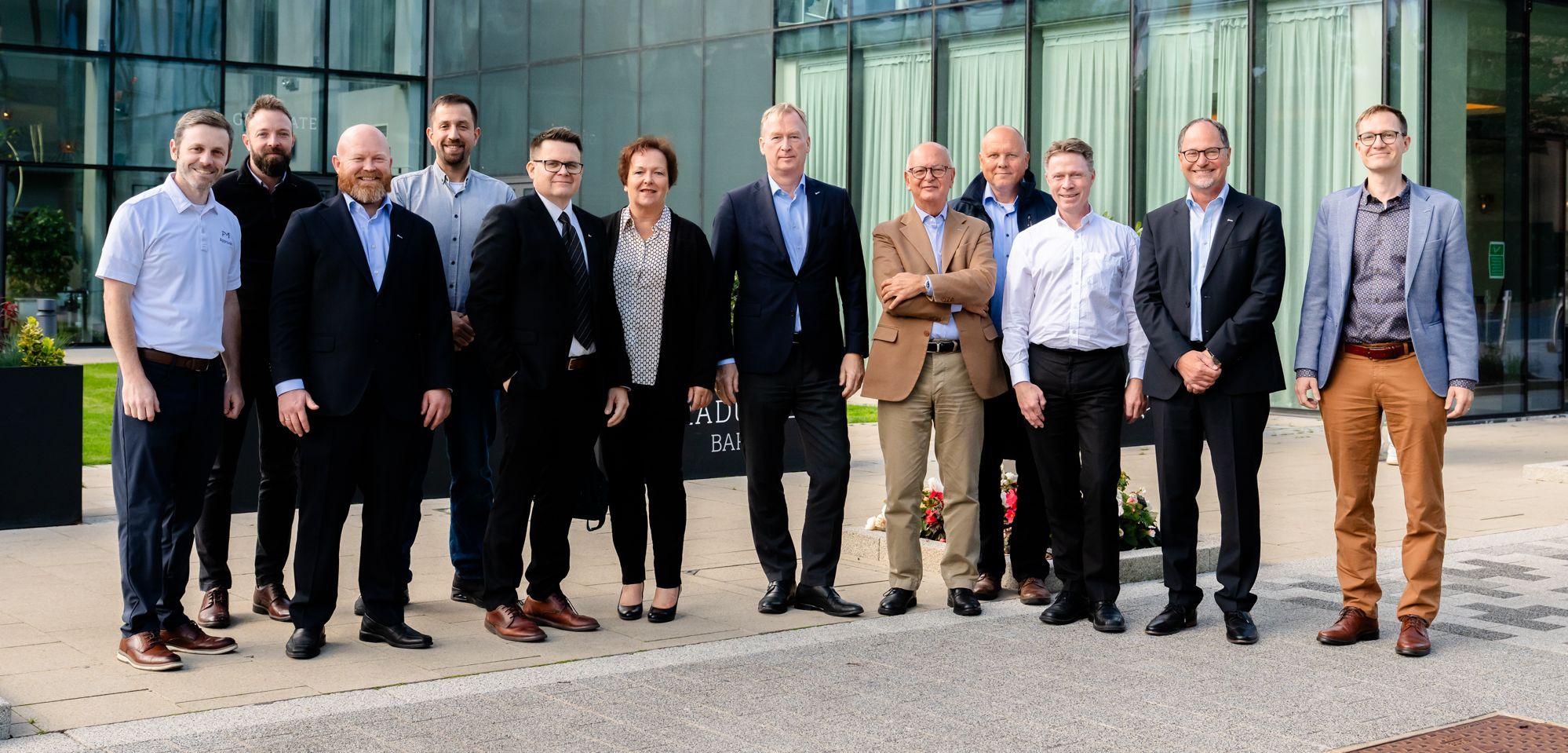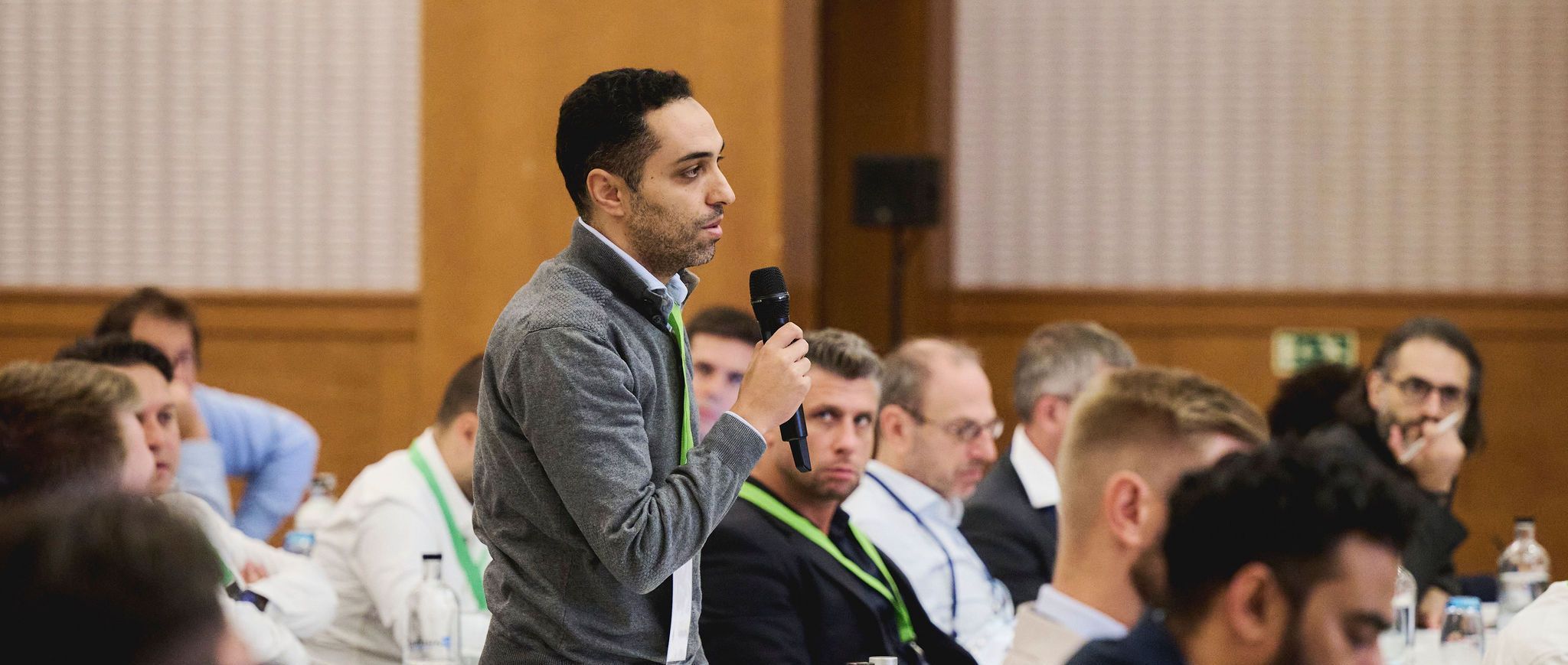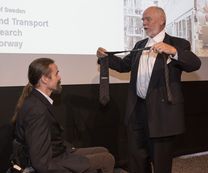After 16 years as president of the International Water Mist Association, Ragnar Wighus is retiring and passing on the responsibility to the newly elected Are Wendelborg Brandt of Rise Norway.
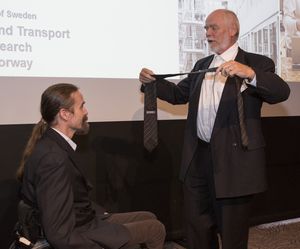
In your time in water mist, what have been the main milestones?
Ragnar: The first milestone was when we started to work with the IMO, following the Scandinavia Star Disaster, with the aims of creating new regulations that would replace halon and also protect passengers on cruise lines. A very important achievement was when our IMO committee achieved the first water mist standard. For the first time we had water mist test protocols, which meant we could then reach into new applications.
Are: It has been small developments rather than big milestones, incremental small steps involving a lot of hard work for achieving implementation.
Ragnar: Yes, it is like when we first succeeded in getting Windsor Castle protected with water mist after the big fire, as well as the Philarmonic Theatre in Verona. So many of these important heritage buildings are protected with water mist, and each one represents a milestone. Another I could mention is when NASA replaced the water extinguishing system in the space station two years ago. This was another milestone, because it showed that the basics of water as a fire extinguishing means can be even better utilised. It’s all there, but it is oh so slowly optimised. When you optimise it, it can do new things which we are very proud of.
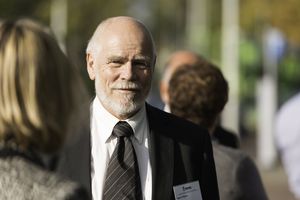
What challenges remain for this technology?
Are: The big one is achieving the EN standard. That would be a big one, as it would result in acceptance as a standard.
Ragnar: We started on this road 20 years ago, when one of the reasons for setting up the IWMA was to be united on standards development.
What advice would you give Are as the incoming president?
Ragnar: Don’t just focus on the European standard, because as we say in Norway, it’s like putting your hand in a wasps’ nest. It is a sensitive issue for many of the traditional actors in the market. It is important not to lose sight of the fact that there are many applications outside the traditional sprinkler market that water mist can thrive in. Industrial protection presents challenges where, from my point of view, water mist could replace and optimise many of the massive water-based deluge systems in the petrochem industry. These are opportunities and we should not fall into the trap of defining the technology according to market segments. We want to do it on a scientific basis, and on the basis that the technology is cost effective.
In hindsight, would you have done anything differently?
Ragnar: Probably a lot of things! Economists talk in terms of technology push and market pull. Perhaps we’ve been too guided by advice to look at market pull, rather than concentrate on technology push. I wonder whether the arguments should be more along the lines that this is environmentally friendly technology, that it uses water more efficiently and requires less space and smaller pipes.

Are: Yes, you get less pollution into the ground from the water used to put out fire.
What will you be focussing on as the new president?
Are: there are some challenges in uniting the water mist community. The sprinkler industry have lobbyists working hard for the whole community and they act as one. Here, a smaller water mist community acts as twenty – although I am exaggerating here! We need to join forces and get everyone to work in same direction.
One of our aims is to promote water as an extinguishing means in general, and to look at doing so on more of a collaborative basis with the sprinkler sector. After all, we both use water, and such a push would be good for sprinklers and water mist.
